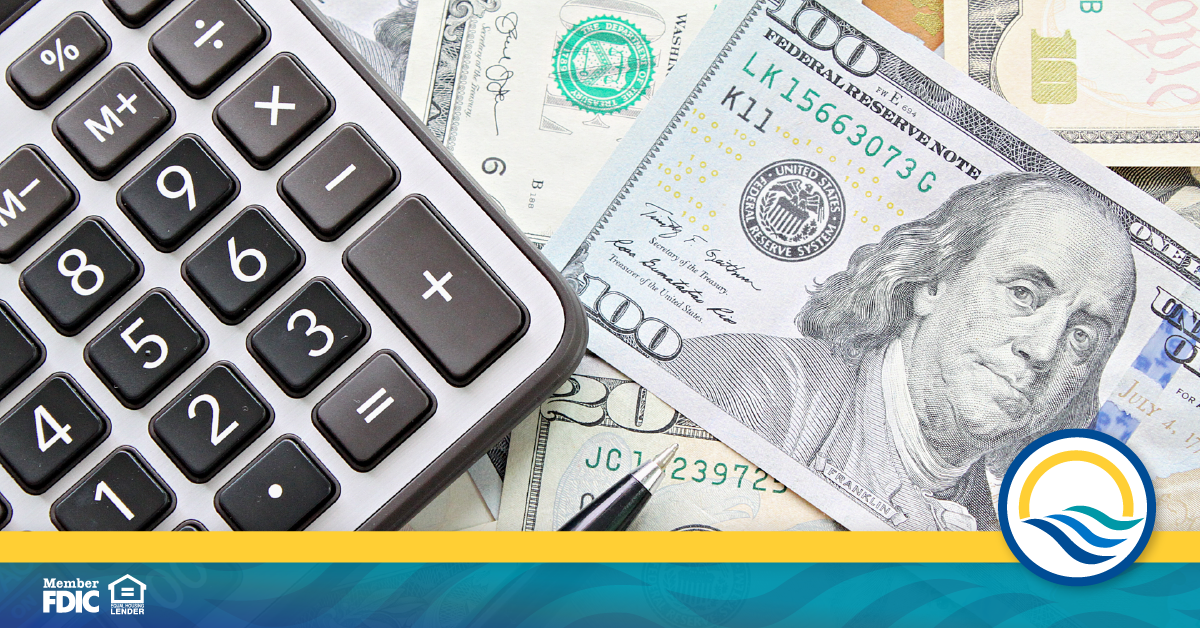Checks and Balances: Balancing Your Checkbook

Balancing a checkbook has been shorthand for financial responsibility for generations. While it’s always been presented as a laborious, unenviable task, keeping your money in order is fairly simple as long as you stick to a routine. Since so much of our world is now paperless and digital, balancing your checkbook is easier than ever.
Use online banking to your advantage
Chances are good that your financial institution offers a mobile app that lets you easily perform tasks like checking your balances. Forbes Advisor Emily Guy Birken recommends checking your statement balance daily, which gives you an idea of what your running balance is. This allows you to stay on top of unexpected transactions like recurring annual payments and spot fraudulent activity.
Birken also notes that most financial institutions offer you the option of signing up for email and text alerts. This feature allows you to track all transactions and can keep you apprised of your account balance.
Your mobile banking app and alerts may mean that you can stay on top of your checking account without ever needing to put a pen to paper. But if you have multiple accounts or simply want an additional layer of confidence, Birken suggests account aggregator tools like Mint that track multiple accounts — even across different financial institutions.
If you prefer a more formal approach akin to the pen-and-paper method, Birken suggests maintaining an open-source spreadsheet like Google Sheets or using a dedicated accounting program like Quicken.
The classic approach offers greater confidence
Sometimes, the old-fashioned way is just hard to top. While monitoring your online banking, maintaining a spreadsheet, and dropping information into a program are great ways to monitor your balances, maintaining a physical checkbook still does the trick as well as any method.
Deborah Fowles, writing for The Balance, notes that knowing how to balance a checkbook by using a register is handy if only because it’s a skill you can teach your children. While future generations may be more and more reliant on technology, knowing how to maintain a written register can have the added effect of helping them learn financial responsibility.
If you’ve never balanced a checkbook or haven’t updated a paper checkbook register in some time, the process is fairly straightforward. Author Pierre Lehu, writes for Dummies that a typical register has six columns: check number, date, transaction description, amount, deposit, and balance. You’d likely only need to use the check number column for instances where you wrote a check — for debit card transactions, you could leave the column blank or create your own numbering method.
Filling out this information is also uncomplicated. Fowles recommends maintaining your receipts and recording the information in your checkbook register every week. This will eliminate having to budget large chunks of time for monthly upkeep and give you a more accurate picture of your account balance.
Fowles also suggests synthesizing the convenience of online banking with the tried-and-true physical method. You can use your financial institution’s website or mobile app to cross-reference information like transactions and balances, making it easier to find costly mistakes that could lead to bounced checks or overdraft fees.
Balancing a checkbook is a staple of adulthood because it puts you in charge of keeping your money matters in order. Knowing how to balance your book helps you avoid unwanted financial predicaments, and it can help you with good habits like saving and smarter spending.
